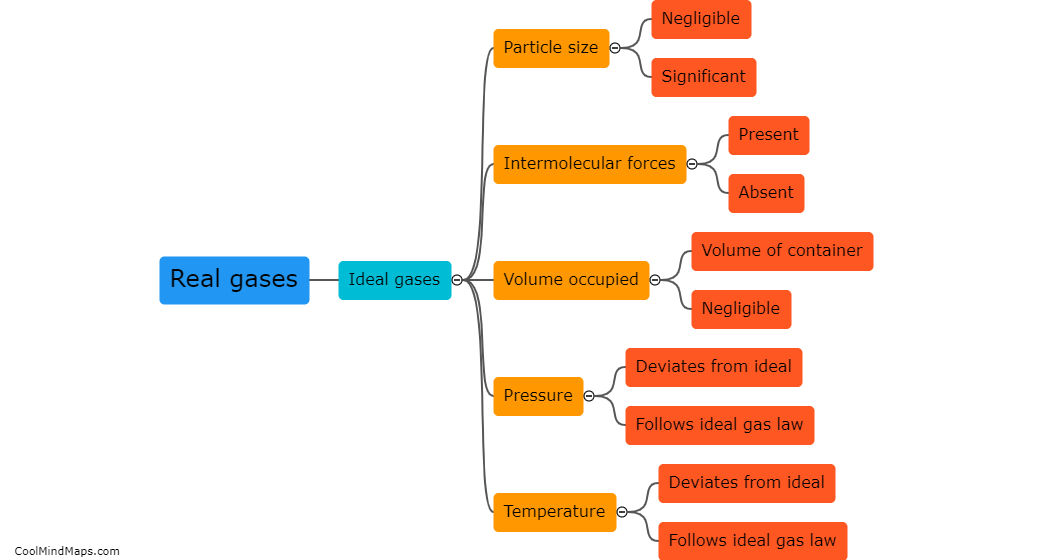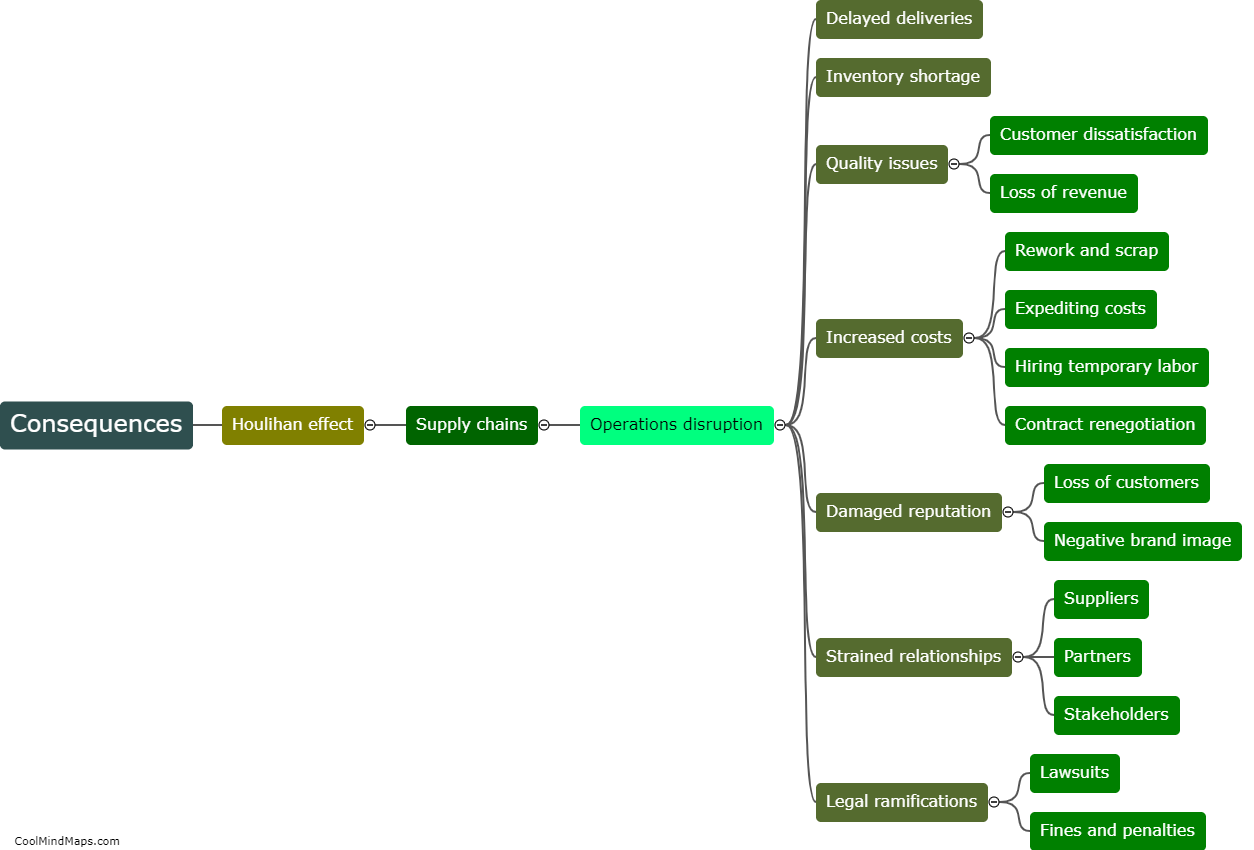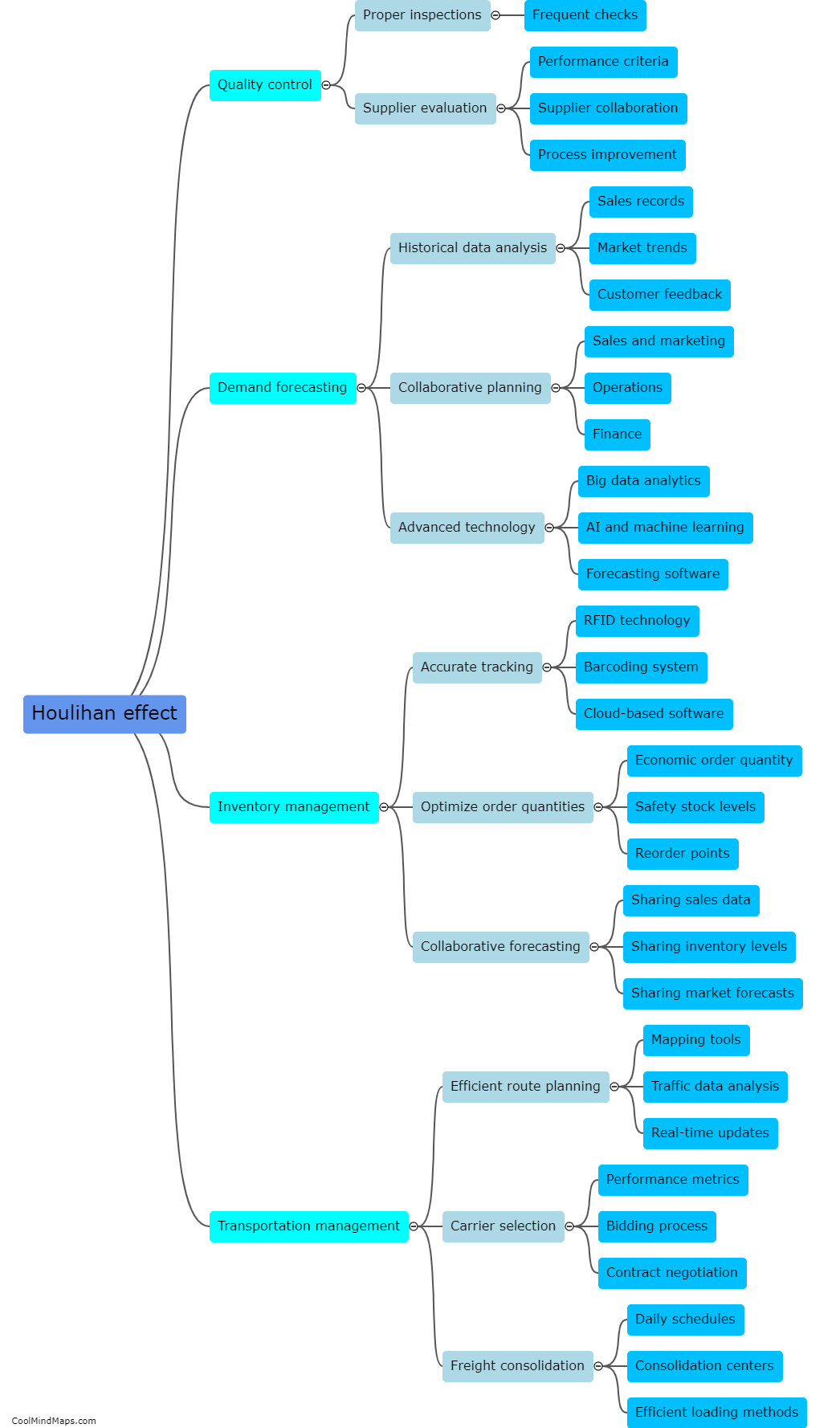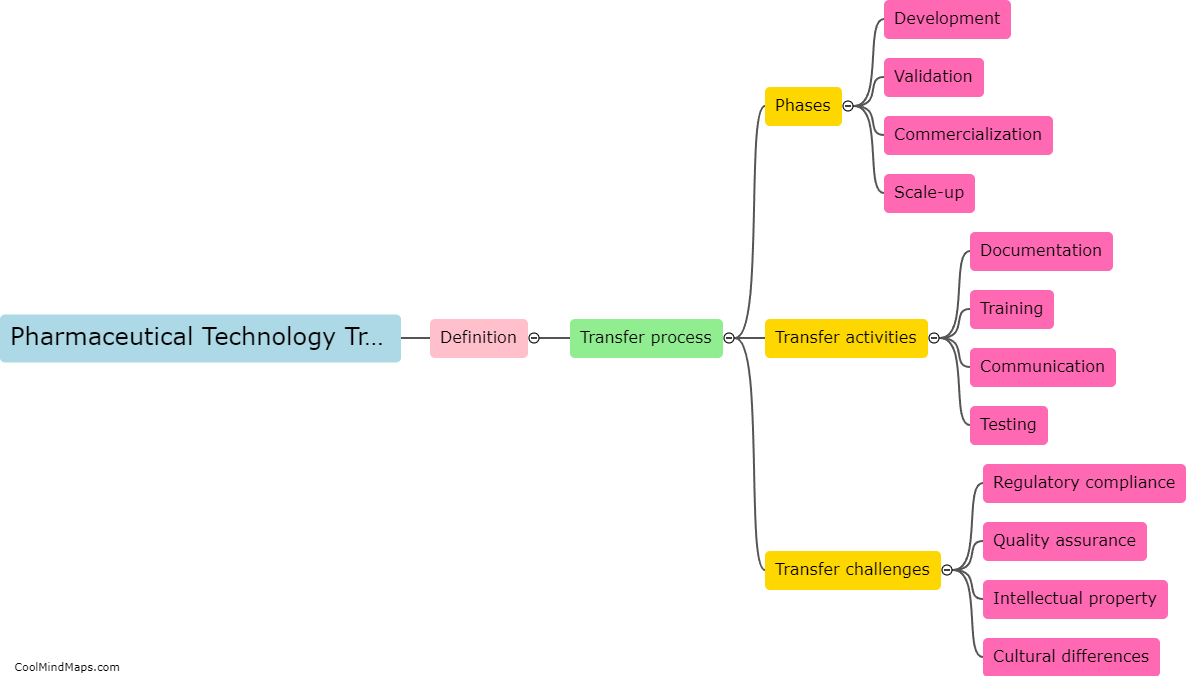How can technology transfer be successfully implemented?
Technology transfer refers to the process of sharing and transferring knowledge, skills, and technology from one organization or industry to another for the purpose of benefiting the recipient. To successfully implement technology transfer, several key steps need to be followed. First, there should be a clear identification and understanding of the technological needs and capabilities of the recipient organization. This helps in selecting the appropriate technology for transfer. Next, strong collaboration and communication channels need to be established between the parties involved to ensure effective knowledge exchange. Adequate training and support should be provided to the recipients to maximize their understanding and utilization of the transferred technology. Additionally, legal and intellectual property agreements should be established to protect the rights and interests of both parties. Finally, continuous monitoring and evaluation should be conducted to assess the long-term impact of the transferred technology and make improvements if necessary. Overall, successful technology transfer relies on comprehensive planning, effective communication, and ongoing support and evaluation.
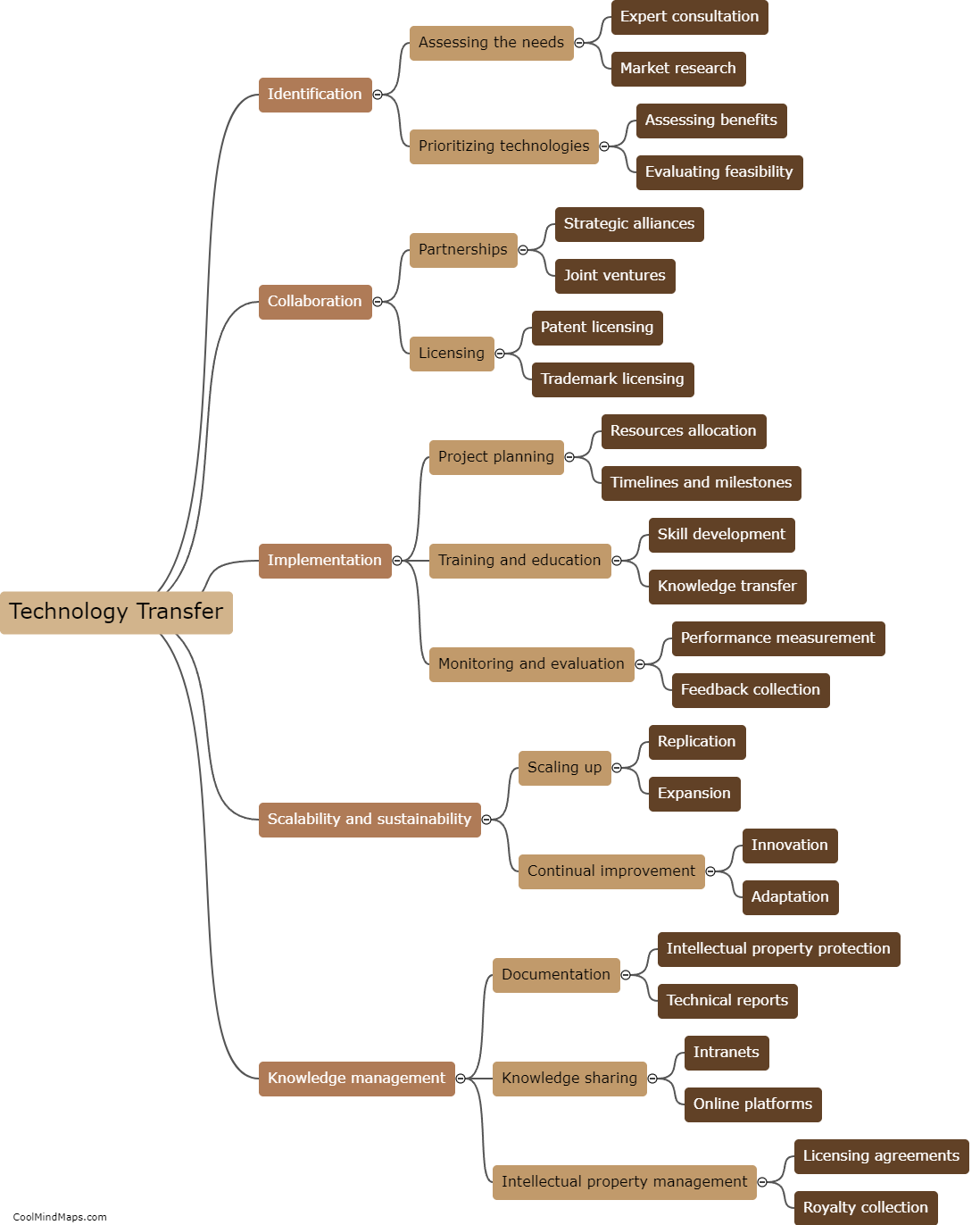
This mind map was published on 19 November 2023 and has been viewed 79 times.



